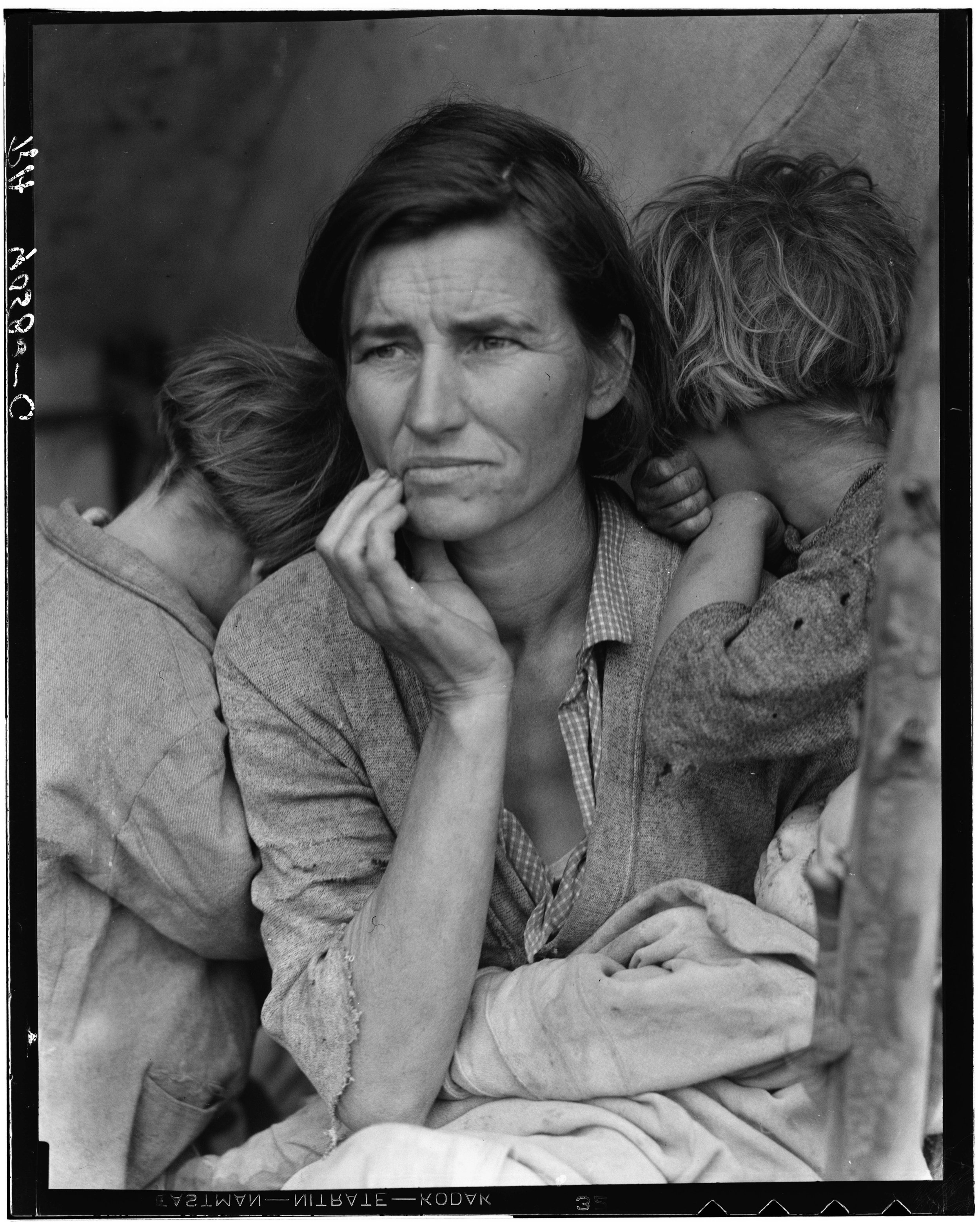Slow Read: Week 3
The Archive
Where have I seen that before?
There are small bits in this chapter that I wrote way back in 2013 as part of my job talk during the interview process at my current institution. The school had never had an art historian on faculty, and I wanted to convey some of the deep satisfaction I find in the questions my discipline asks. So, I decided to talk about all the different ways that art history helps us unfold layers of meaning in Dorothea Lange’s iconic photograph, Migrant Mother.
The notion of our visual archive—the catalog of things we’ve seen before that lives in our heads and helps us make sense of the world through comparison or contrast—remains one of my favorite ways to explain art history’s relevance to our contemporary, image-filled lives. Our archives are what helps us identify the woman in Lange’s photograph as not only a mother but a good mother. You’ll have to read the chapter to learn more, but here’s a hint:
This is important because our moral formation is also at stake. Images teach us who we should honor and who we should revile. They catechize us in what the good life is “supposed” to look like. Sometimes our archive can predispose us to take certain artworks or images seriously while assuming that others are “merely” decorative or childish or not worth our time. When I ask you to #expandyourarchive in my posts on Instagram, this chapter explains why that matters so much.
Side note 1: The archive is also a great party trick. Want to know why so many movie posters look the same? The archive can explain it. Want to know why some album covers just seem to hit? The archive knows. I also wrote about our archive and children’s picture Bible illustrations of Bathsheba for Current last year.
Side note 2: if you want the full-on nerdy version of how the “archive” has been identified, used, and critiqued in art history and 20th century critical theory, I write about this in my chapter “A Loving Regard: Contemporary Art and Expanding the Archive” in this recent scholarly publication on contemporary art and religion. Email me if you’re desperate to know more.
Other images taken by Dorothea Lange of the same family that is the subject of Migrant Mother. See more from the Library of Congress here.
But the archive isn’t a magic key to interpretation. As we discussed in the Introduction, we also need to resist making ourselves the center of an interpretation. Acknowledging our archive is a way of paying attention to how we’ve already been formed by images and putting that on the table. But it’s still crucial to consider the other two points of our interpretive triangle: the object and the artist.
So, in Chapter 2 I show you that learning more about how the famous Migrant Mother photograph was made and distributed—and learning more about who is actually in the photograph—reveals a rupture between what we might believe about the image and the lived experience of its subject. I don’t want to make you suspicious of images, but I do want you to be self-reflective in your looking.
You can look in my Highlights on Instagram (@elissabrodt) to see more examples of iconic images that fit into a larger archive. Plus, I’ll prompt you to consider some of the assumptions that probably exist in your own archive.




